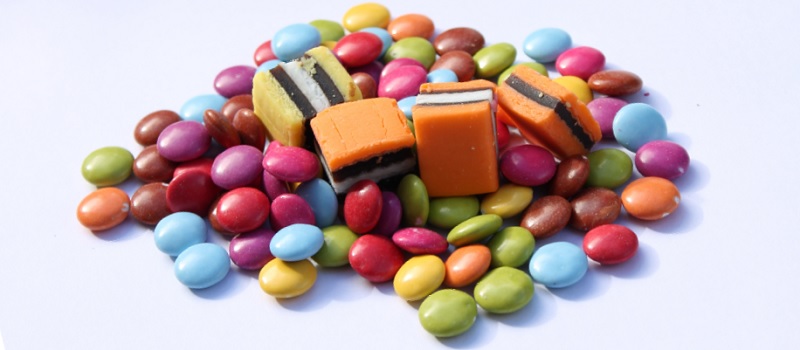
Home Free | Gasworks Art Park
Good art is often seen as something that inspires or challenges a status quo, rather than giving pause for contented appreciation.
The stated theme of the Midsumma Festival exhibition, Home Free, was GLBTIQ artists showcasing “what makes them glad to be living in Australia right now. Despite not being able to legally marry yet, Australia still has a much higher level of community acceptance and inclusion than the 76+ countries with anti-homosexuality laws”.
Perhaps this was a challenge to the notion of ongoing, tiring battle when things can always be ‘better’, but are actually relatively good here. It was a definitely interesting angle. Inspiration can certainly be found in positive reflection and progress, arguably more so than negativity. Yet, sadly the exhibition fell flat, missing a certain spark – whether it was angst, agitation, provocation or some kind of prod to critically reflect.
Tellingly, many of the paintings, drawings, photographs and sculptures seemed to largely struggle to capture this theme – or the artists decided not to directly adopt it – and the viewer is not left with any real sense of pride in Australia’s place in this respect.
Two of the most striking pieces are somewhat confronting drawings: a raised middle finger, by Leith Semmens, symbolising the freedom of Australians “to say ‘FU, I don’t agree with you’, and most people are comfortable with the response,” (though that’s a debatable sentiment at best); and Richard McLean’s Resilience, depicting a weed in a bricked courtyard rising and thriving in an unfriendly and unnatural environment. While a weed struck as an unfortunate parallel, the clear message of this simple image was probably the most pertinent and thought-provoking of the exhibition.
A number of pieces had interesting and poignant backstories, with text providing an explanation beside the artwork. Johnny Hamilton’s Two mummies, two daddies is a simple, lovely portrait of his daughter, whom he and his partner co-parent with two mums. In Will You Marry Me? Richard McLean depicts a busy café scene drawing of his partner asking him possibly the most joyful question one can ask their partner, and his response “YES! One day!” This captures a sentiment running through a number of the artworks that, while yes, things are good in Australia, there is a simple yet important step ahead, but one felt to be an inevitable step that many couples now feel they can prepare for. An intriguing thought left by Two mummies, two daddies is the counter-intuitive notion that gaining access to equal marriage has been more difficult than acceptance of this family dynamic, for which the artist is “forever grateful”.
Andrew J Pearson’s paintings, I Love Openly For Those Who Can Not #1 and #2, present a flurry of words and emotions with soothing thoughts and imagery on a seething red background, paying homage to those who stood up for his rights, particularly through 1978 marches that led to 53 activists arrested and beaten, leading to a new generation that has “gained a level acceptance enabling them to mix freely, outside the ‘Gay Ghetto’,” despite remaining challenges.
The lingering sense from the exhibition was that it could not live up to its premise.
It is good to acknowledge progress, but to celebrate elements of a social mediocrity, clutching at comparisons to the world’s worst, and in general left ‘Home Free’ short of providing much real opportunity for deep reflection. It was only in subverting the premise that many of the works were able to cut through and make an impact.
Australia is not too bad a place for the GLBTIQ community, but that’s not really good enough.

